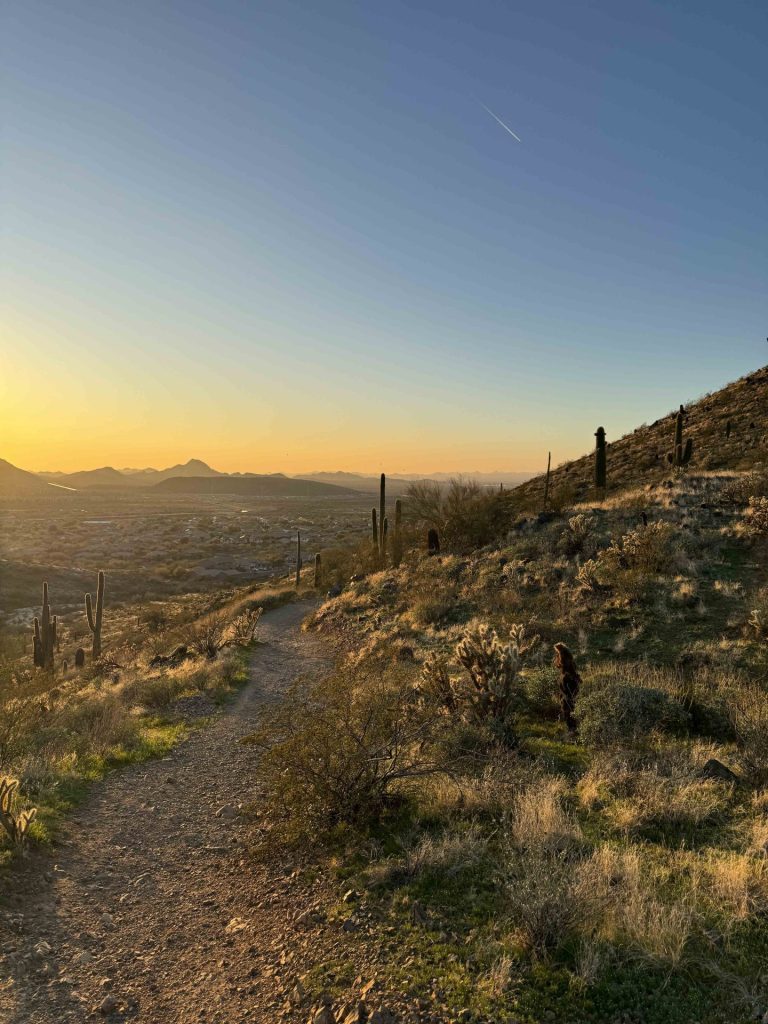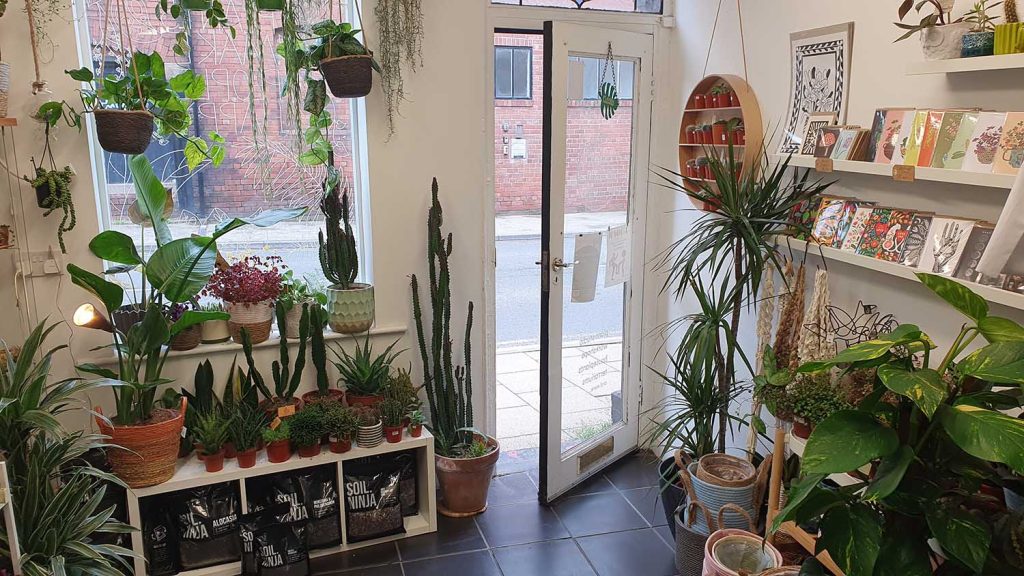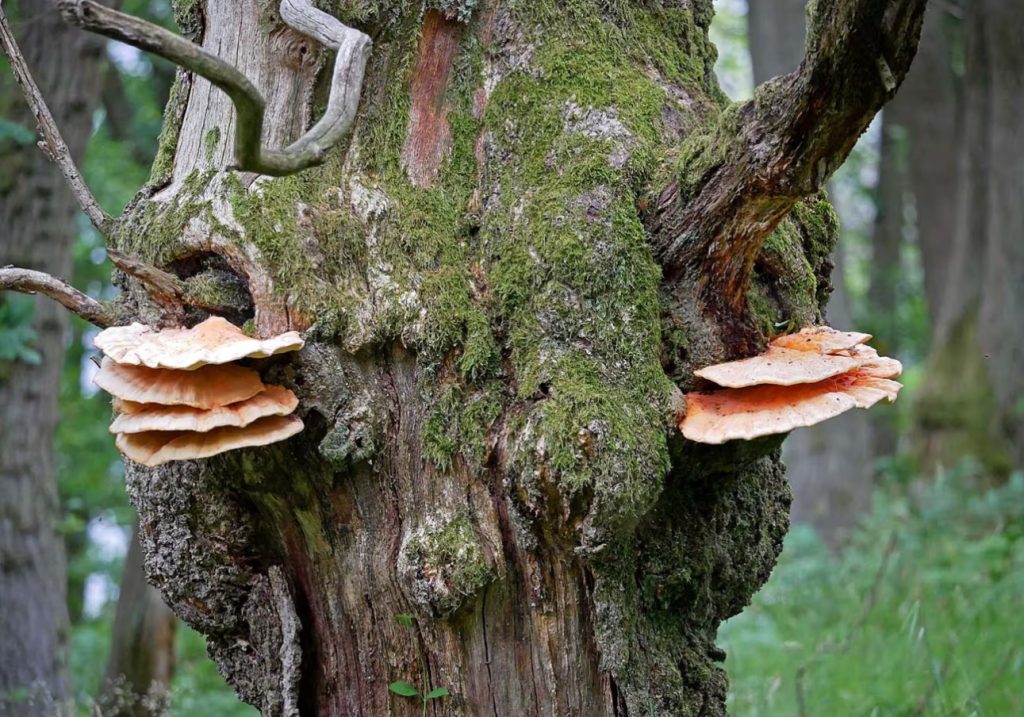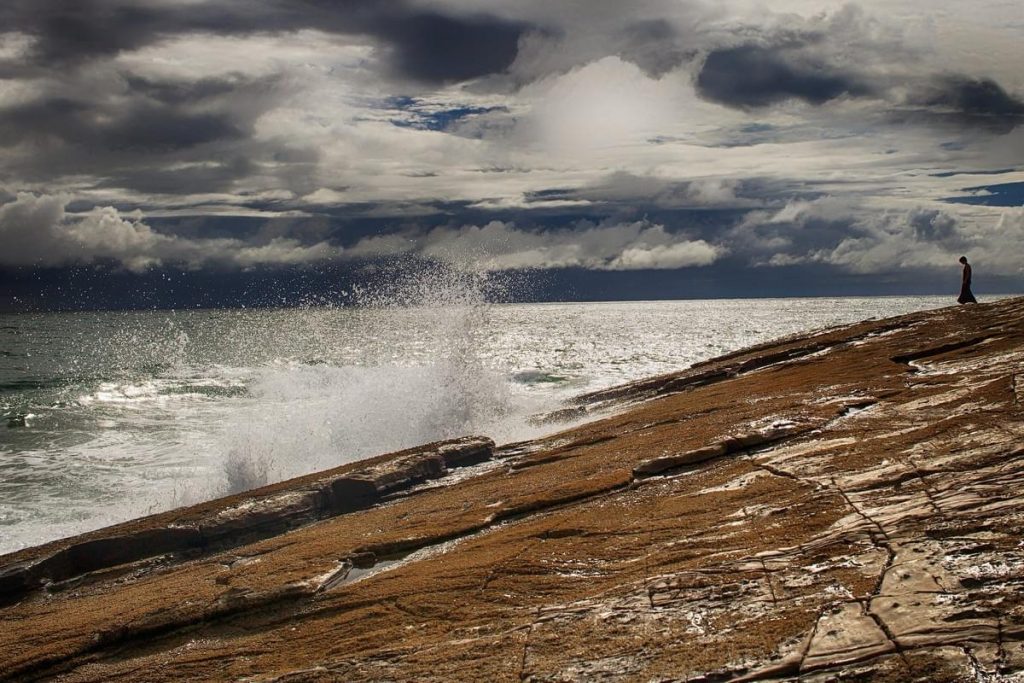Gateway to the Gods
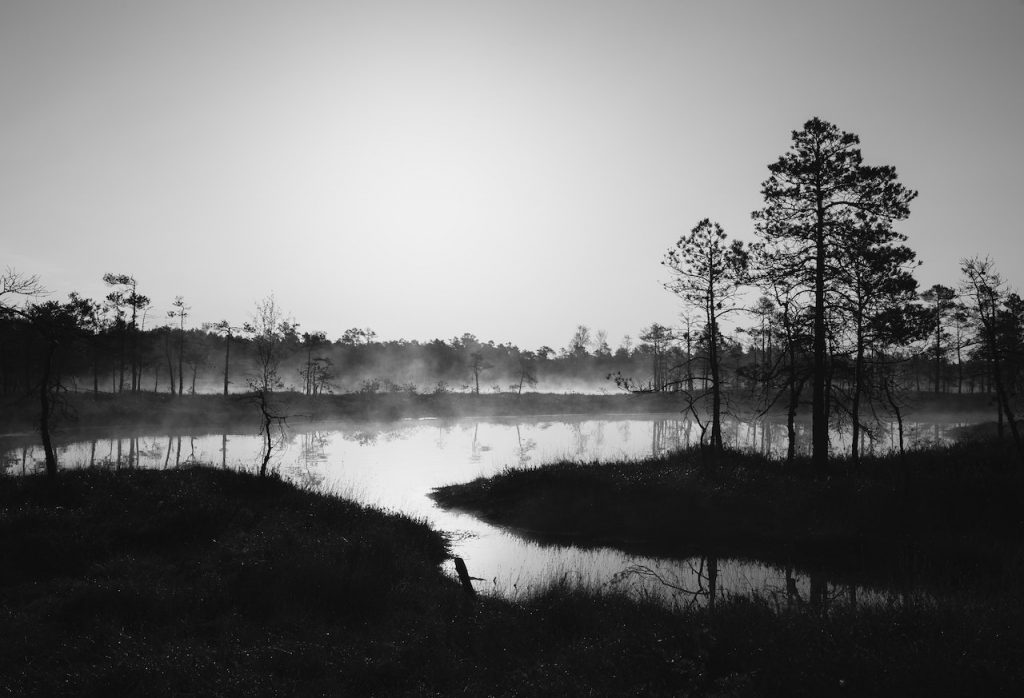
Laphroaig went bust
In 2034,
The worlds peatiest whisky
Was peaty nae more.
It was 2027 when the Peatbog Faeries’ last recorded folk song struck the hearts of many around the world.
They had watched in horror as Scotland’s membership of the EU as an independent country hung in the balance, its economy relying on its dwindling whisky industry. And the rest of the world, who also relied on Scotland’s whisky industry to fuel many a Hogmanay and ceilidh dance around the globe, prayed it wasn’t the last drop for their cup of kindness.
Peat stocks had been degraded over the course of the 21st century, of that there was no doubt. Campaigns to save the bog myrtle and butterflies were falling on somewhat deaf, recalcitrant ears. But when it started to change the composition of the flavour notes of Scotland’s beloved Water of Life, people from all four corners of the Earth sat bolt upright and began to pay close attention, quite literally for the sake of Peat.
And then events took a turn for the mystical. As more and more ancestry results came in from 23andMe, a strange pattern emerged from the raw genetic data.
Ashley was one of the first to report it. Born and raised in Somerset, Pennsylvania, she had grown up with stories of her Scottish ancestors. As in previous generations, her parents were shopkeepers, but throughout her life she felt drawn away from the town centre and towards nature. She knew the Forbes State Forest like the back of her hand. Her soul was lured back time and again to the Laurel Highlands.
Of course home life with her parents was good, but something deep within her was fuelling her curiosity about her ancestry. When the itch got too much to bear, Ashley caved and ordered a DNA ancestry test. She kept it secret from her parents; unable to fully explain her reasons, and unsure what to expect, she was not ready to face questions just yet. She had far too many questions herself.
The day the results came in, Ashley locked herself in the family bathroom and pored over the email. She opened up the app to access the full ancestry composition report. She scanned her origins over and over again, unable to fully take in the information. She knew about the Irish Scottish migration; these stories had been passed down from generation to generation, so this did not surprise her. But nothing had prepared her for these peculiar results. She read the lines again and again, tracing the map tentatively with her finger. The DNA results were 99.1% accurate, apparently. And according to them, she was 90% Scottish, 4.9% Irish, 0.1% South European and 5% Other — Fairy (Bog).
Staring at the results, her brain went into overdrive. Ashley clicked on the question marks to read the small print again. She read about how the algorithm mapped populations around the world, and she clicked back to see where these Other Bog Fairy populations were clustered. Scandinavia, the UK, northern Russia. Even in Africa in the Congo Basin!
Ashley’s mind raced back to the tales from her childhood: Fingal’s Cave and stories of the Gaels, the Wee Folk, and her particular favourite, the will-o’-the-wisp — mysteriously seen over bogs and swamps. But could she really be related to these mythical creatures? Was this a thing?
She could see from the results that she was one of a few individuals who were tracing their roots back to fairies and other peat bog spirits in far-flung corners of the planet. Peatlands accounted for less than 1% of the Earth’s land — and were still being lost at quite a rate — but it seemed that some of the clusters seemed to be centred on areas of peat bog still in existence today. She wondered out loud if there were even more direct descendants of bog fairies than her 5%. Did genetically pure bog fairies exist today?
For the rest of the day, Ashley plunged into the rabbit hole of peat bog research. Mired in mire, she took in as much as she could, though there was scant information online about bog fairies. From folklore to the facts staring her in the face from her screen, it was hard to square up the DNA sequencing of her alleged fairy genome with her understanding of these mythical creatures. But… could it really be?
There was just one way to find out. Ashley looked up the nearest peat bog to her. There it was: Spruce Flats Bog. She gasped, her hand flying to her mouth. Ashley had been there recently, she remembered the boardwalk and the signs that had caught her eye while she was hiking. Time to go back, she thought to herself. This time she had a different agenda and a whole new perspective.
So just one day after receiving her DNA results, Ashley was back at Spruce Flats Bog, armed with knowledge about the vital ecosystem function that peat provides, and her mind full of mythology and lore surrounding her alleged ancestors, the bog fairies. As she hiked up Laurel Ridge, low clouds were forming around the mountain range, swirling around the Highland tops. It already felt mystical to Ashley; her senses were tingling.
The signs were just as she remembered them, and she pored over the information, comparing the view today with the photographs presented on the boards. But what she was looking at now looked like a wasteland, with great big gullies carving their way through the landscape. Expanses of dried-out moss revealed peat hags, exposing the once-rich humus to the air, desiccating it and leaving it barren. This was nothing like the photographs, with their thriving bird life and colourful flora and fauna filling the landscape.
Ashley felt a wave of grief roll over her as she read about the researchers’ work in the 2020s, their futile efforts to save this space. She felt a glimmer of connection to the land, perhaps something deep in her DNA resonating with the spirits of the peat. Hundreds of years ago, this landscape had been pristine, and when loggers felled the surrounding conifers and clearcut the grand Western Hemlocks, the water table had risen, preserving the bog along with its legends and its stories. She could only imagine the mosaic of spongy mosses, the life springing forth from the sphagnum. Feeling forlorn, she turned away. At 2700 feet, she was high up in the Laurel Highlands, the boardwalks and guiding wooden posts reminding her of a gateway to the gods. But a dark voice in her head told her that this gateway was closing, these sacred ritual places were in decay.
Ashley returned down the trails and, driving home, she thought furiously about her options. She felt helpless, yes, but surely there was something that could be done. Later that day she emailed the scientist who had led the Spruce Flats Bog restoration project. While she felt shy about revealing her ancestry results, she knew it was important.
That night, over a glass of whisky, she shared her news with her parents. Between the lacklustre scotch and Ashley’s unusual DNA ancestry results, the family pledged there and then to join the fight to protect, conserve and restore peatlands the world over. This marked the start of a new chapter in the bid to protect peat: the beginning of the tale of the bog fairy ancestors, and the rebuilding of the Gateway to the Gods.

